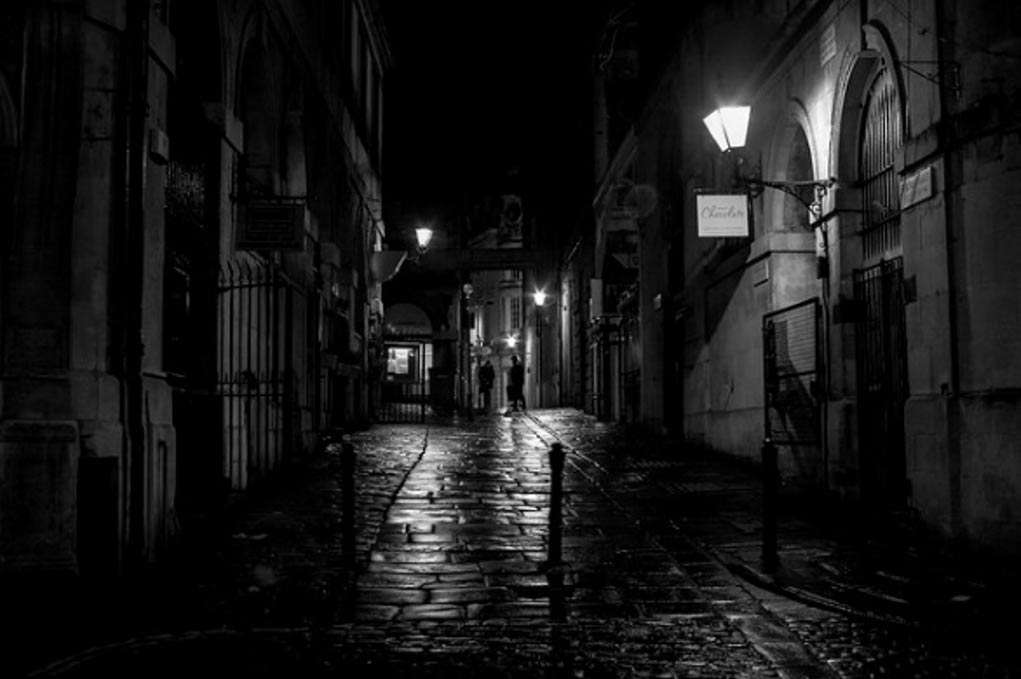
English Folklore: The Forgotten Death of Mischief Night
In the United Kingdom, nestling midway between the early autumn “Back to School” sales promotions and the consumer spending bonanza that is Christmas, we now have the retail opportunity of Halloween. Fancy dress costumes, pumpkins, plastic skeletons, scary witches’ masks and plenty of sweets to dish out to Trick-or-Treaters.
Each year, Halloween’s approach is also greeted with complaints in the popular press about the “Americanization” of English customs and how Halloween has displaced our traditional mid-autumn Fifth of November / Bonfire Night / Guy Fawkes Night celebrations. Cynics will also point to another agenda at work here, namely that for all its faults Halloween and Trick-or-Treating is a far safer activity for children (and adults for that matter) than the once regular carnage of exploding fireworks and collapsing bonfire-related burns, injuries and fatalities that used to accompany Bonfire Night.
Fascinating as this shift in social customs might be, for me, the more interesting question is whatever happened to Mischief Night?
Growing up in Scarborough, on the Yorkshire coast, in the 1950’s and early 1960’s, I was actively involved in all the buildup for Bonfire Night and going out collecting “A Penny for the Guy” in the days leading up to the 5th November, or Guy Fawkes Night. However for schoolboys (and to a lesser extent for schoolgirls) there was the added frisson on Mischief Night on the 4th November. (We also called it Miggy Night, other variants included Punkie Night, Micky Night and Tick Tack Treat Night.)
For us, Mischief Night was a license to run around the town engaging in minor acts of vandalism and anti-social behavior, such as knocking on doors or ringing doorbells, then running away before they were answered. Sometimes called “Knock, Knock, Ginger,” the key was to run away very fast, less an irate, but speedy, householder was out of the door to give you a clip around the head before you’d made your escape.
Other activities included letting the air out of car tires, filling keyholes with chewing gum (this was the pre-Super Glue age), and dropping lighted fireworks through letterboxes. Then there were the anonymous phone calls to random numbers where we’d take great pleasure in shouting into the handset “Get off the line Mister, there’s a train coming!”
For residents of terraced houses, there was the added delight of discovering that mischief-makers had roped together their and a neighbor’s front doorknobs, so any attempt to open one door was jammed by the other. Combine this with ‘Knock, Knock, Ginger’ and you could have the double the fun but none of the risk as a prankster.
- Guy Fawkes and the Gunpowder Plot to Obliterate the British House of Lords
- Crossing the Veil: The Pre-Christian Origins of Halloween and Samhain
- The Enigmatic Loki, a Trickster among Gods in Norse Mythology
And, there was the old favorite of lifting a front garden gate off its hinges and swapping it for that of another house further down the street. In fact this prank was so popular that local newspapers would advise readers that, along with placing buckets of water beneath letterboxes to catch fireworks, they should remove their front gates and put them somewhere safe and mischief-proof for the duration of the 4th November.
As for the unpopular teacher at school (at the time we still had corporal punishment, spanking with a slipper, or being caned with a stick in those days, so some teachers were really unpopular) their punishment on Mischief Night was to be on the receiving end of a string of taxis arriving at their door at 30 minute intervals throughout the evening to collect a passenger who had never ordered a cab.
Such activities would undoubtedly earn us all ASBOs (anti-social behavior penalty) and criminal records if we were caught doing this today, but we generally managed to stay on the right side of naughty pranks and avoid committing serious vandalism (well at least not really serious vandalism). In fact there was a genuine belief (erroneous as it happens) that the police were not allowed to arrest you on Mischief Night.




